Midjourney V6 and its subsequent V6.1 update have redefined the landscape of AI image generation. With each iteration, the platform moves closer to producing visuals indistinguishable from real-world photographs. This guide dives deep into the advanced prompting techniques and critical parameters needed to unlock true hyper-realism in your Midjourney creations, ensuring your images captivate and convince a Tier-1 audience.
Key Takeaways:
- Always use
--v 6.0or--v 6.1for the latest realism capabilities.- Employ
--style rawfor a natural, unfiltered photographic look.- Adjust
--s(stylize) to lower values (e.g., 0-100) for greater prompt adherence and realism.- Utilize
--q 2(quality) in V6.1 for enhanced detail, especially in human features.- Start prompts with descriptive photographic terms like “Phone photo of” or “A photograph of.”
- Detail lighting, camera angles, and textures to create depth and authenticity.
- Keep prompts concise and specific, leveraging Midjourney’s improved natural language understanding.
The journey from AI-generated art to hyper-realistic imagery is less about magic and more about precision. Midjourney V6 and V6.1 models have significantly improved their natural language understanding. This means your prompts can be more conversational and direct, focusing on photographic nuances rather than keyword stuffing. Users on platforms like Reddit frequently discuss the ‘uncanny valley’ effect and how to overcome it, emphasizing the importance of subtle details.
The Foundation: Understanding Midjourney V6 & V6.1
Before diving into advanced techniques, ensure you are running the latest version of Midjourney. Access your settings via /settings in Discord and select MJ Version 6.1. This version brings notable enhancements to coherence, image quality, and particularly, the rendering of human elements like skin textures, hands, and faces, making realistic portraits more achievable than ever.
Past versions often required a verbose, keyword-heavy approach. V6 and V6.1, however, reward conciseness and natural language. As many users discovered on forums like Quora, simply adding a string of ‘award-winning, 4k, 8k, cinematic’ no longer guarantees the best results; sometimes, it can even detract from realism.

Essential Parameters for Photorealism
Two parameters are paramount for achieving hyper-realistic results:
1. The --style raw Parameter
This is arguably the most crucial parameter for photorealism. Adding --style raw to your prompt tells Midjourney to minimize its default artistic enhancements and focus on a more unadulterated, photographic output. It’s particularly effective for portraits, bringing out finer details and a natural contrast that mimics professional camera work. Think of it as disabling Midjourney’s ‘auto-beautify’ filter, giving you a purer base to work with.
Example:
A candid street photograph of an elderly man reading a newspaper on a park bench, soft morning light --ar 16:9 --style raw
2. The --s (Stylize) Parameter
While counter-intuitive for realism, controlling the stylize parameter is key. For hyper-realism, aim for lower values, typically between 0 and 100. A value of --s 0 offers the most adherence to your prompt, while values around --s 100 (or even up to 500 for V6.1, as some suggest) can balance realism with subtle aesthetic appeal. Higher stylize values tend to inject more of Midjourney’s inherent artistic flair, moving away from a truly photographic look.
Example:
Close-up portrait of a young woman with freckles, natural light, shallow depth of field --ar 3:2 --style raw --s 50
3. The --q 2 (Quality) Parameter (V6.1 Specific)
With Midjourney V6.1, the --q 2 parameter significantly boosts the detail and clarity of your images, making them even more lifelike. While it consumes more GPU minutes, the enhanced realism, particularly in intricate textures and facial features, often justifies the cost. Many advanced users swear by this for that extra layer of authenticity.
Example:
Ultra-realistic shot of a glistening raindrop on a spider's web at dawn, macro photography --ar 3:2 --style raw --s 50 --q 2
Advanced Prompting Techniques for Unrivaled Realism
1. “Phone Photo of” & Social Media Context
For an instant boost in perceived authenticity, begin your prompt with phrases like “Phone photo of” or describe the image as being “posted to Instagram, 2024.” This clever trick taps into a collective understanding of everyday photography, helping Midjourney render a more natural, less ‘posed’ feel. It’s a subtle but powerful psychological cue for realism that’s often discussed in communities.
Example:
Phone photo of a bustling farmers' market in Portland, Oregon, overcast day, vibrant produce stalls, people browsing --ar 4:3 --style rawPosted to Reddit, 2023: a candid shot of street musicians in London's Covent Garden, late afternoon light, crowd blurred in background --ar 16:9 --style raw
2. Mastering Lighting & Atmosphere
Photography is all about light. Specific lighting conditions dramatically enhance realism. Instead of vague terms, use descriptive phrases:
- Natural Light: “Golden hour,” “blue hour,” “overcast,” “harsh midday sun,” “soft diffused light.”
- Artificial Light: “Studio lighting,” “neon glow,” “fluorescent hum,” “backlit,” “spotlight,” “cinematic lighting.”
- Atmosphere: “Misty morning,” “foggy,” “dusty,” “rain-soaked,” “humid.”
You can also reference renowned photographers or photographic styles, though V6.1’s improved understanding of natural language means direct descriptions often suffice.
Example:
A close-up portrait of an old fisherman with sun-weathered skin, dramatic low-key lighting, chiaroscuro effect --ar 2:3 --style raw
3. Camera Angles & Shot Types
Just like a real photographer, you can direct Midjourney’s ‘camera.’ Specify shot types and angles for dynamic and realistic compositions:
- “Wide angle shot of…”
- “Macro photography of…”
- “Telephoto lens capturing…”
- “Eye-level shot,” “high-angle perspective,” “low-angle perspective.”
- “Shallow depth of field” (for bokeh effects) or “deep depth of field.”
Example:
Macro shot of dewdrops on a spiderweb, extremely shallow depth of field, golden hour light, bokeh background --ar 1:1 --style raw
4. Detail, Texture, and Imperfection
Hyper-realism thrives on minute details and believable imperfections. Instead of just “a person,” describe their “tiny wrinkles around smiling eyes” or “tousled hair.” Mention textures like “worn leather,” “rough concrete,” “glistening water,” or “fibers of a woolen sweater.” This level of specificity combats the sometimes ‘too perfect’ or ‘plastic’ look that can plague AI-generated images.
Example:
Close-up of a weathered wooden door with peeling paint, intricate wood grain, rusty iron hinges, natural imperfections, soft afternoon light --ar 2:3 --style raw
5. Incorporating Text Accurately (V6.1 Improvement)
Midjourney V6.1 has significantly improved its ability to render text within images. For best results, enclose the desired text in quotation marks. You can also specify its placement or medium.
Example:
A vintage street sign in Brooklyn with the words "Grand Street" clearly legible, rain-soaked pavement reflection --ar 16:9 --style raw
Optimizing Your Workflow for Realism
Iterative Prompting & Remix Mode
Don’t expect perfection on the first try. Use Midjourney’s variation buttons (V1, V2, V3, V4) to explore different interpretations of your prompt. Remix mode (enabled via /settings) allows you to alter your prompt slightly for a new set of variations, providing fine-tuned control over iterative improvements. This is particularly useful when troubleshooting elements that still look ‘AI-generated’.
Upscaling for Final Touches
Midjourney offers ‘Upscale Subtle’ and ‘Upscale Creative’ options. ‘Subtle’ maintains fidelity to the original grid image, while ‘Creative’ may add more hallucinated detail. For maximum realism, consider external AI upscalers like Magnific AI after generating your image. These tools can dramatically enhance resolution, add micro-details, and reduce any remaining AI artifacts, pushing your images to truly indistinguishable levels of realism. You can learn more about upscaling techniques at Midjourney’s official showcase.

Common Pitfalls and How to Avoid Them
- Over-prompting: V6 and V6.1 understand natural language. Avoid redundant keywords or overly long prompts that don’t add specific detail.
- Generic Subjects: “A beautiful girl” will yield generic AI faces. Add unique characteristics, emotions, and settings for a more authentic look.
- Ignoring Parameters: Neglecting
--style raw, appropriate--svalues, and--q 2will prevent you from reaching peak realism. - Lack of Context: Real photos have context. Describe the environment, time of day, weather, and the subject’s interaction with their surroundings.
- Expecting instant perfection: Hyper-realism often requires experimentation and refinement. Be prepared to generate multiple variations and fine-tune your prompts.
By diligently applying these advanced prompting strategies and understanding the nuances of Midjourney V6 and V6.1, you’ll elevate your AI image generation from impressive to truly hyper-realistic. The key lies in thinking like a photographer, focusing on light, composition, and the subtle imperfections that define reality.
Frequently Asked Questions (FAQ)
Q1: What’s the biggest difference between Midjourney V5.2 and V6 for realism?
Midjourney V6 offers significantly improved natural language understanding, allowing for more precise control over details without needing extensive keyword stuffing. It also inherently produces more photorealistic results, especially with the --style raw parameter, and V6.1 further refines human rendering.
Q2: Can I achieve perfect human hands and faces in Midjourney V6?
V6.1 has made tremendous strides in rendering human anatomy, including hands and faces, more accurately than ever before. While occasional anomalies can still occur, using detailed prompts, the --style raw parameter, and the --q 2 parameter significantly improves fidelity.
Q3: Is it better to use short or long prompts for realism in V6?
For V6, concise and precise prompts are generally more effective than overly long, verbose ones. Focus on descriptive language that clearly communicates your vision for the subject, lighting, and composition, rather than repeating keywords.
Q4: How does the --stylize parameter affect realism?
The --stylize parameter controls how much of Midjourney’s default aesthetic is applied. For hyper-realism, lower values (e.g., --s 0 to --s 100) are recommended, as they prioritize prompt adherence and a more natural, less ‘artistic’ look. Higher values tend to move images away from photorealism.
Q5: Should I include camera brand names in my prompts?
Generally, no. Midjourney V6 and V6.1 are less influenced by specific camera brand names than by descriptive terms related to lens type (e.g., “35mm lens,” “macro lens”), lighting, and shot composition. Focus on *what* the camera is doing rather than *which* camera it is.
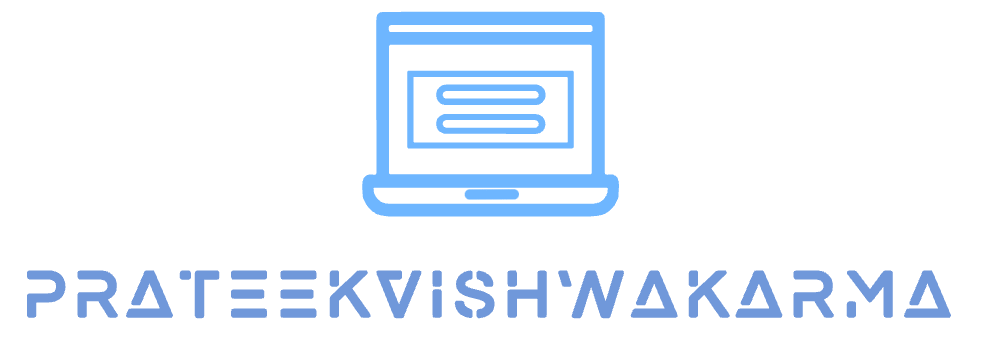
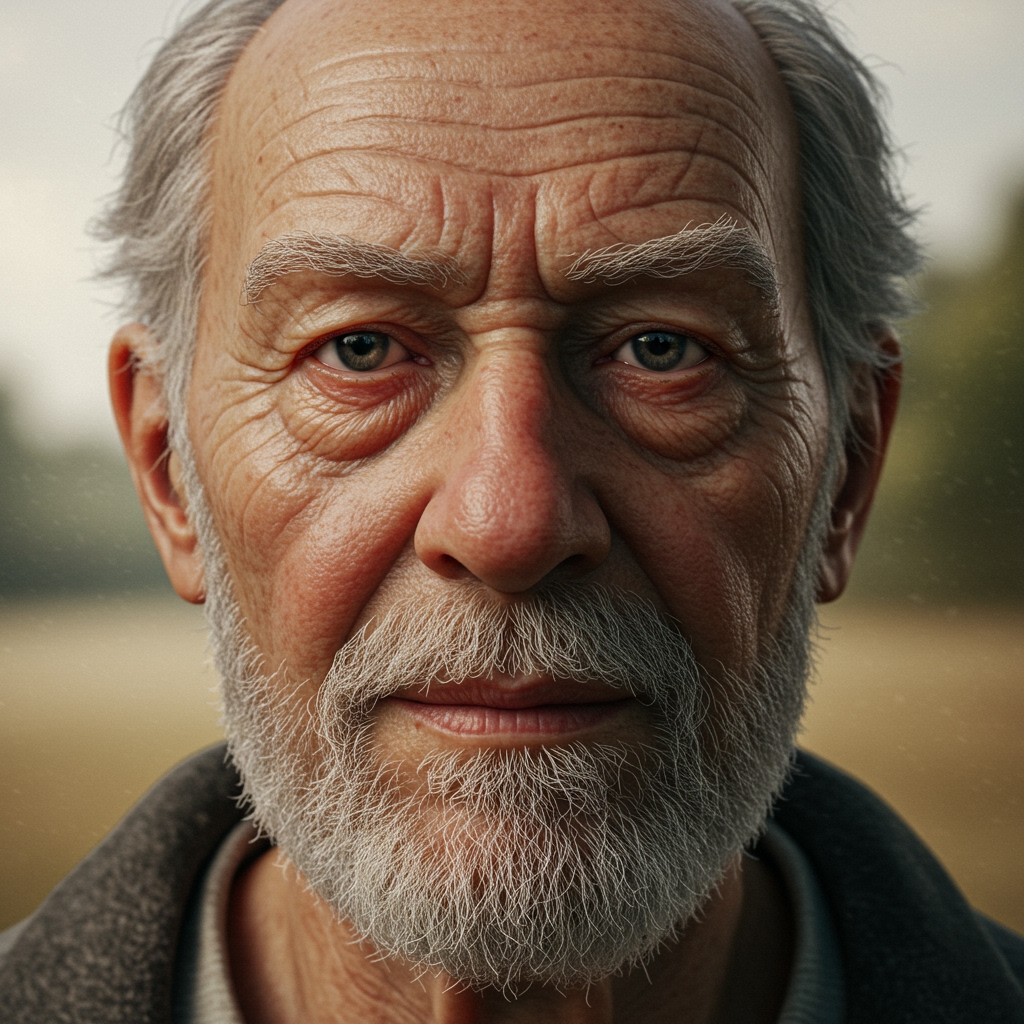

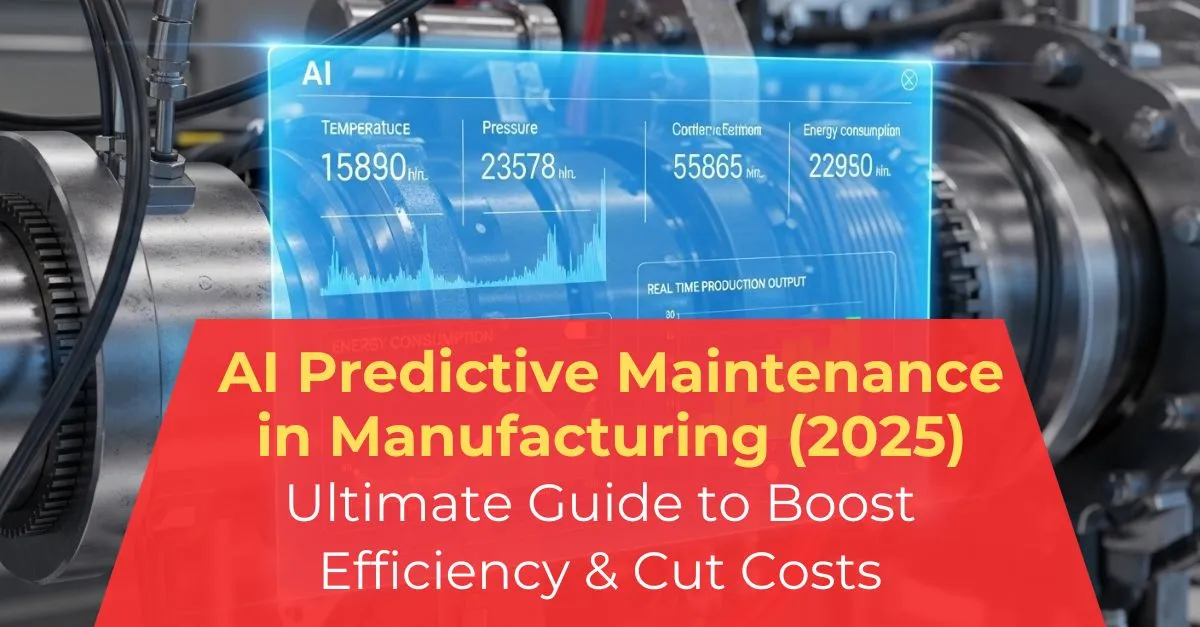
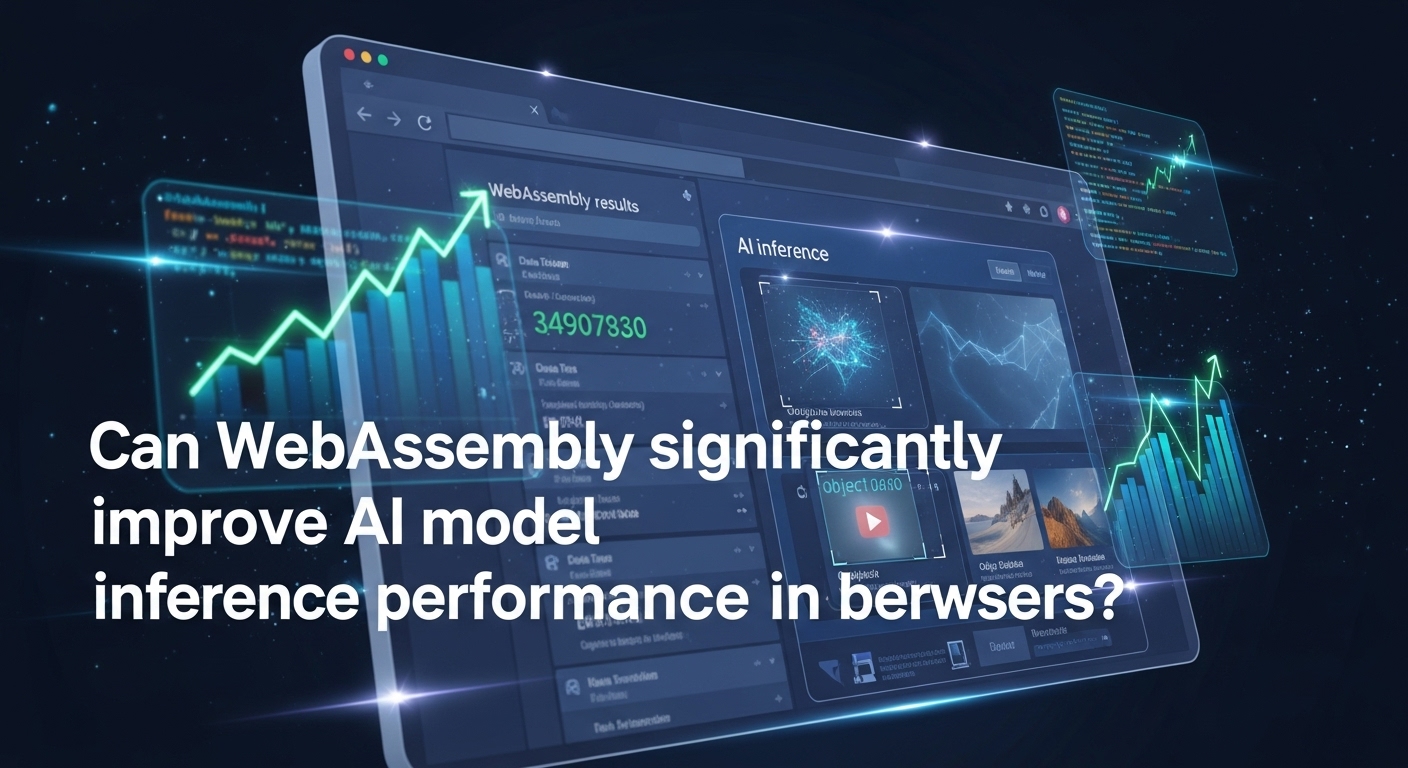






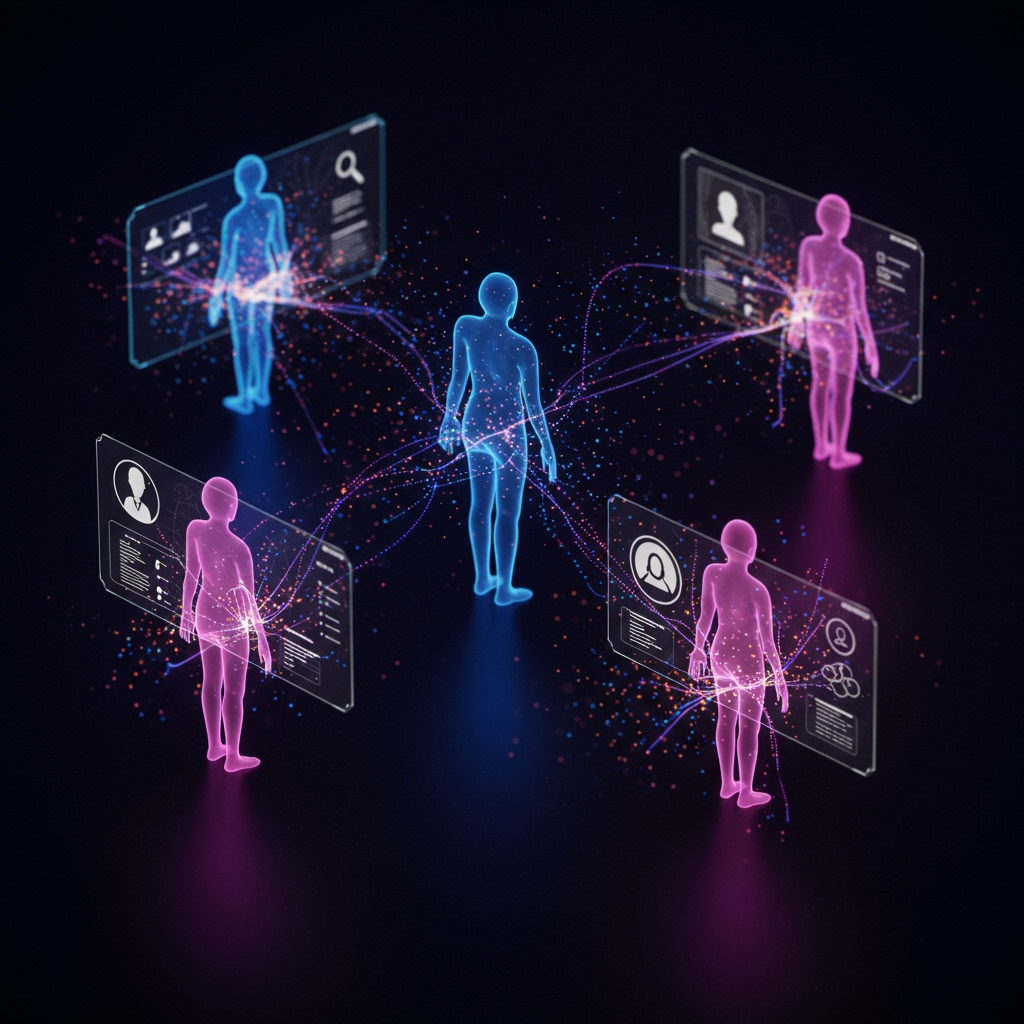


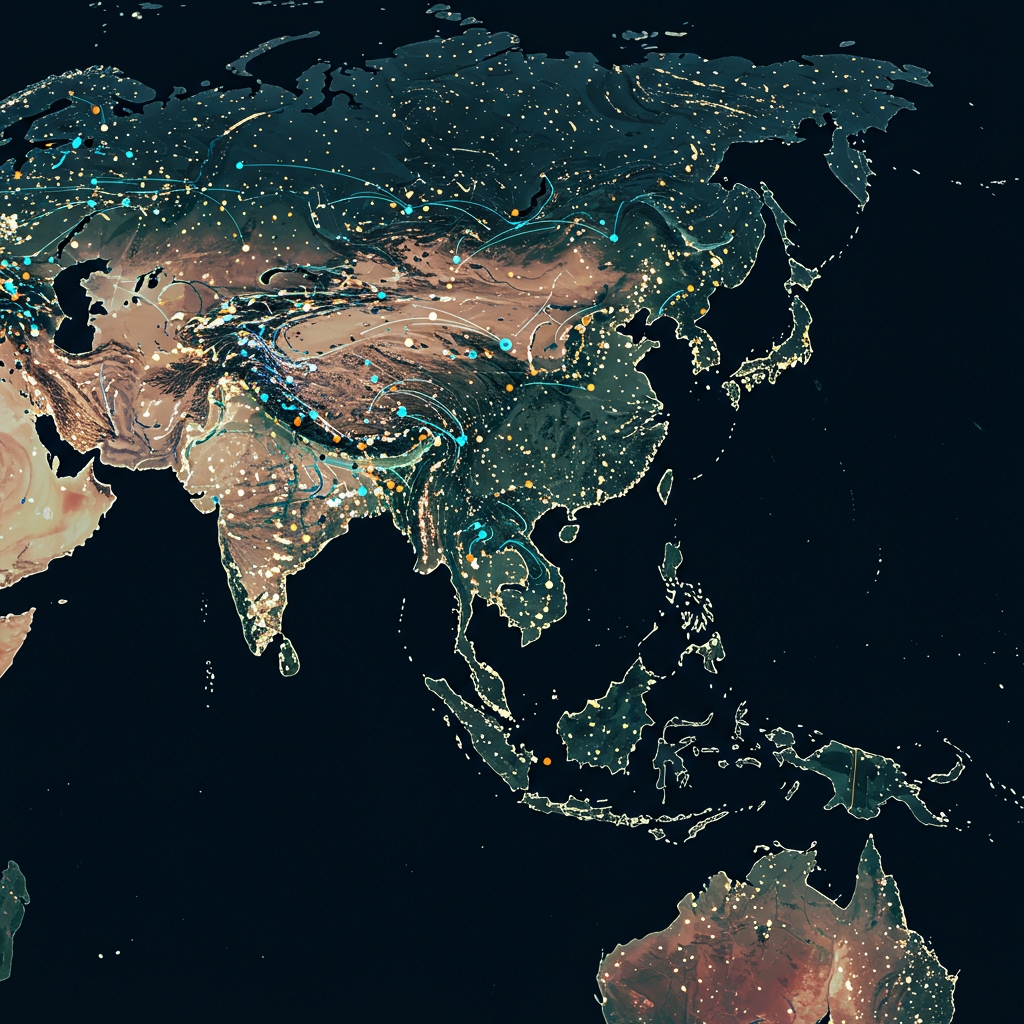

Add a Comment